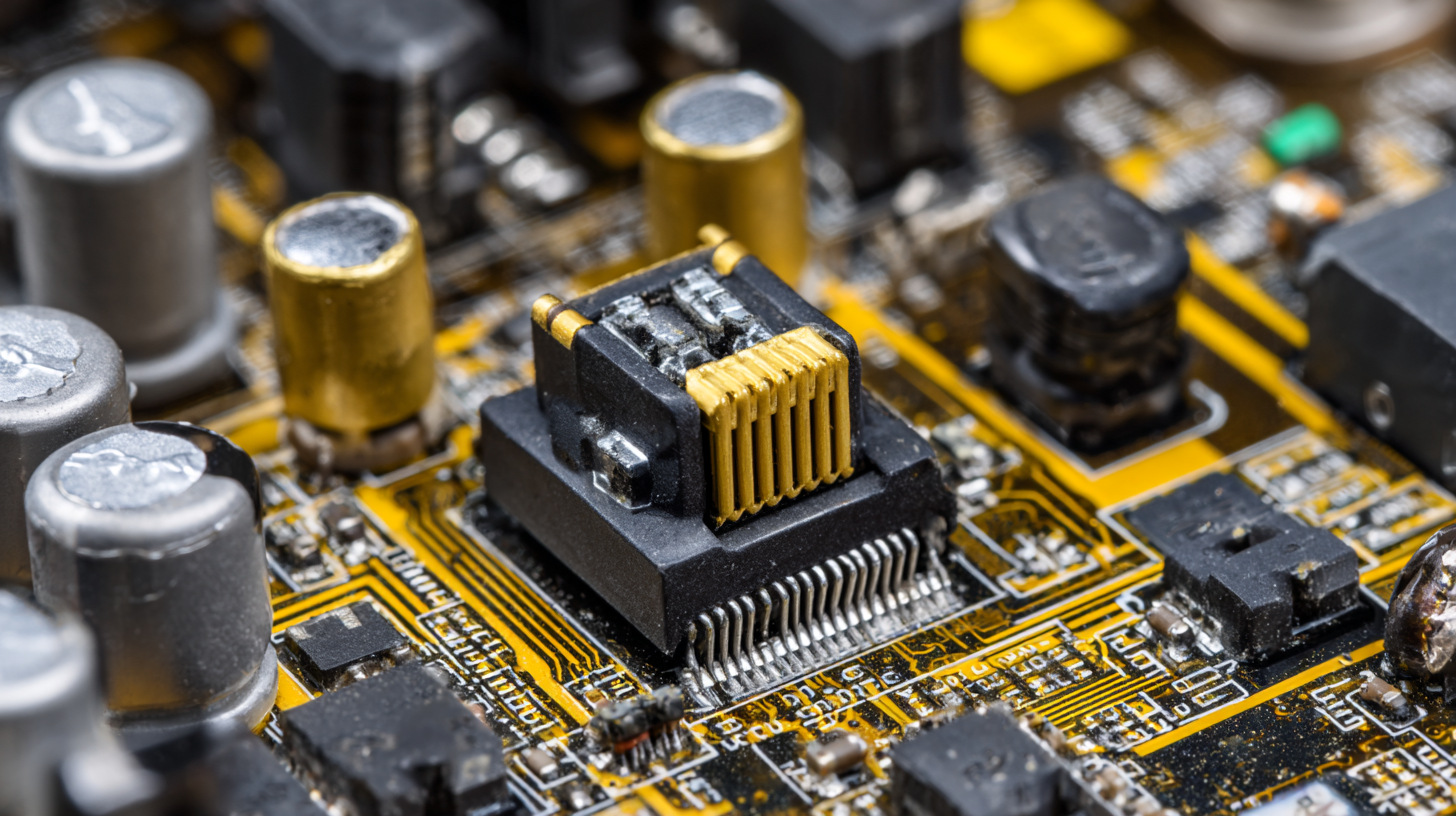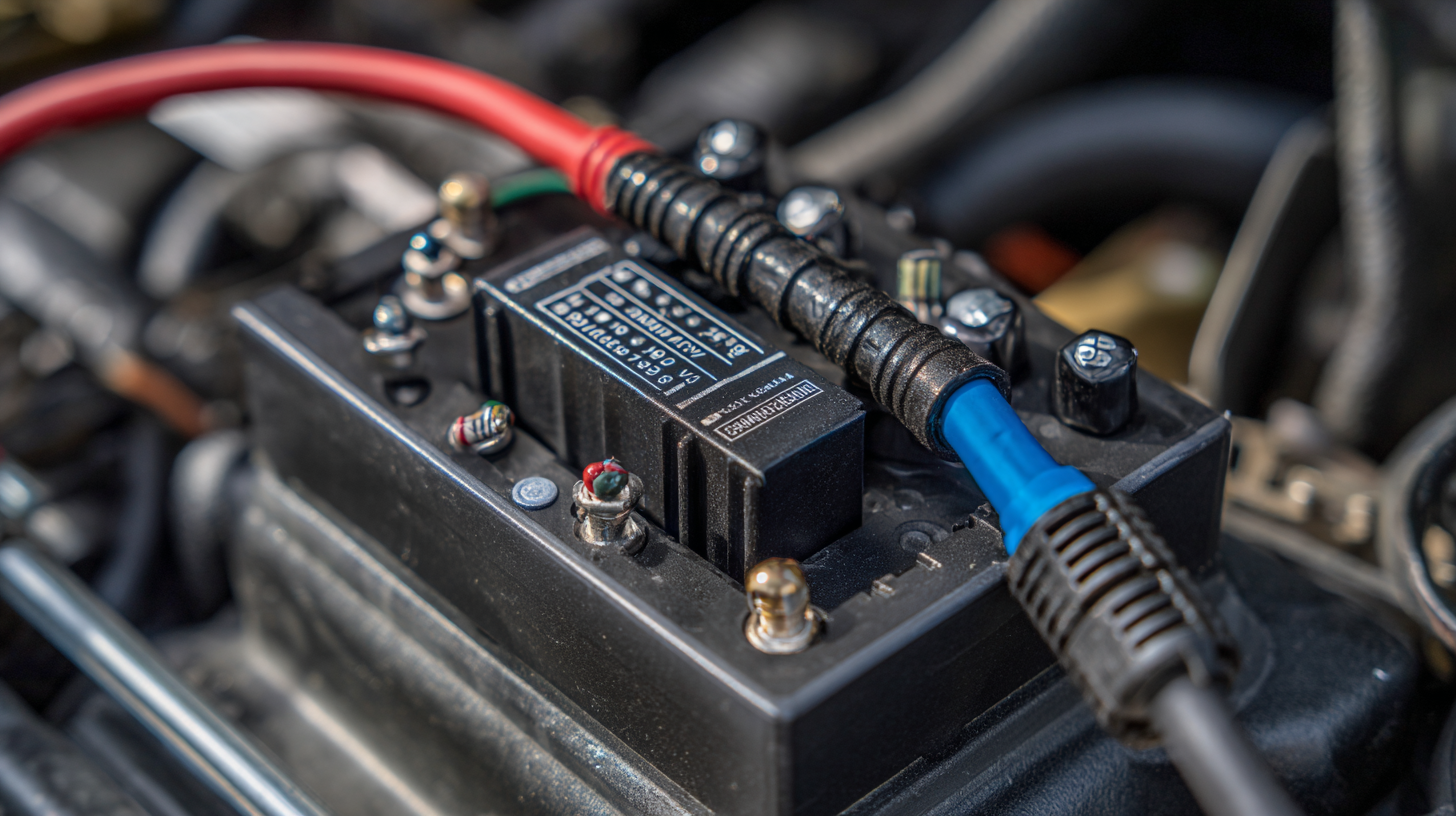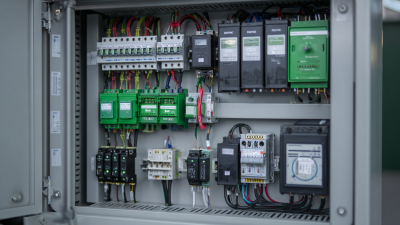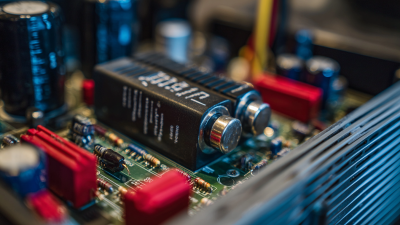How to Select the Best Buck Converter for Efficient Power Management in Your Application
In today's fast-paced technological landscape, efficient power management has become a crucial factor for the performance and longevity of electronic devices. The rise of compact and portable applications has led to a significant increase in the demand for reliable power conversion solutions, particularly Buck converters. According to a recent market research report by MarketsandMarkets, the DC-DC converter market, which encompasses Buck converters, is projected to reach $10.5 billion by 2025, growing at a CAGR of 5.5%. This growth is driven by the need for energy-efficient designs in sectors such as consumer electronics, automotive, and industrial applications. Selecting the best Buck converter not only enhances efficiency but also reduces heat generation and prolongs battery life, making it imperative for engineers and designers to understand the key factors influencing their selection. In this blog, we will explore essential tips to guide you in choosing the most suitable Buck converter for your specific application needs.

Understanding the Basics of Buck Converters and Their Applications
When choosing a buck converter for your application, it’s crucial to understand the basics of how these devices operate. Buck converters are essential for converting a higher voltage to a lower voltage with high efficiency, making them ideal for battery-powered devices, LED drivers, and other electronic circuits. By stepping down voltage while maintaining high efficiency, they ensure that energy loss is minimized, which is vital for prolonging battery life and enhancing system performance.
Tip 1: Always check the input and output voltage requirements of your application. Ensure that the selected buck converter can handle the maximum input voltage and provide the necessary output voltage with the required current capacity.
In addition to voltage specifications, consider the switching frequency of the buck converter. Higher switch frequencies can lead to smaller inductors and capacitors, reducing the overall size of your circuit. However, this can also lead to increased electromagnetic interference and heat, so it's essential to find a balance that suits your application’s needs.
Tip 2: Evaluate your thermal management strategy. Ensure that your buck converter can operate within safe temperature limits to prevent overheating, which can degrade performance and reliability. Implementing proper heatsinking or choosing components with built-in thermal protection can enhance overall efficiency.

Key Factors to Consider When Choosing a Buck Converter
When selecting the best buck converter for your application, it's crucial to consider several key factors to ensure efficient power management. First, evaluate the input and output voltage requirements. The buck converter must be able to step down the input voltage effectively while maintaining stable output voltage under varying load conditions. Additionally, knowing the maximum load current will help in selecting a converter that can handle the necessary power without overheating or compromising efficiency.
Another significant factor is the switching frequency of the buck converter. Higher switching frequencies can lead to smaller inductor and capacitor sizes, which can be advantageous in compact designs. However, higher frequencies may also result in increased switching losses, so it's vital to find a balance based on your application’s requirements. Furthermore, consider the converter's efficiency at both light and heavy loads, as this can greatly impact overall performance and thermal management in your system. By carefully evaluating these factors, you can choose a buck converter that meets your power management needs effectively.
Efficiency of Different Buck Converters
This chart displays the efficiency of various buck converters, showcasing their performance in percentage terms. Selecting a converter with higher efficiency is essential for effective power management in applications.
Efficiency Ratings: How to Evaluate Buck Converter Performance
When selecting a buck converter for your application, understanding efficiency ratings is crucial for optimal performance. Efficiency directly impacts how much power is lost as heat during the conversion process. The efficiency of a buck converter is typically expressed as a percentage, indicating how effectively it converts input voltage to output voltage. A higher efficiency rating means less energy wasted, resulting in lower thermal management requirements and improved overall system reliability.
To evaluate a buck converter's performance, one should examine factors such as load conditions, input and output voltage ranges, and switching frequency. Efficiency can vary significantly across different loads; thus, it’s essential to look for the efficiency curve provided in the datasheet. Additionally, consider the converter's thermal performance: higher efficiency often correlates with lower temperatures, allowing for better long-term reliability. By understanding these ratings and their implications, engineers can make informed decisions to ensure their power management systems operate efficiently, enhancing the performance of the overall application.
Understanding Input and Output Voltage Requirements
When selecting a buck converter for your application, understanding input and output voltage requirements is crucial to ensure efficient power management. The input voltage should match the source voltage available in your system, while the output voltage must be aligned with the specific needs of the load. A comprehensive knowledge of these parameters helps to avoid inefficiencies, such as voltage mismatch, which can lead to excessive heat generation and decreased performance.
Additionally, consider the range of input voltages that your application may encounter. If your input voltage fluctuates, a buck converter with a wide input voltage range can maintain stable operation, adapting to varying conditions without sacrificing performance. On the output side, defining the precise requirements for your load will assist in selecting a converter that can reliably deliver consistent voltage under different operating conditions. This attention to detail ensures that your power management strategy is not only efficient but also resilient against environmental changes and operational demands.

Comparing Different Buck Converter Topologies for Your Needs
When selecting the best buck converter for your application, it’s crucial to evaluate different topologies to ensure optimal performance and efficiency. According to a report by MarketsandMarkets, the global buck converter market is projected to reach $7.9 billion by 2025, driven by the increasing demand for efficient power management solutions in consumer electronics and industrial applications. Each topology—such as synchronous, non-synchronous, and interleaved buck converters—offers unique advantages suited for specific needs.
Synchronous buck converters, for instance, utilize both high-side and low-side switches to reduce switching losses and improve efficiency, achieving efficiencies upwards of 95% under ideal conditions. In contrast, non-synchronous buck converters, while simpler and often more cost-effective, typically yield lower efficiencies, especially at higher loads. Interleaved buck converters, on the other hand, boast enhanced performance by distributing the load across multiple phases, which allows for reduced input and output ripple currents and better thermal management. By evaluating these different topologies based on load requirements and efficiency needs, you can choose the buck converter that aligns with your power management goals.
How to Select the Best Buck Converter for Efficient Power Management in Your Application - Comparing Different Buck Converter Topologies for Your Needs
| Topology | Efficiency (%) | Output Voltage Range (V) | Current Rating (A) | Typical Applications |
|---|---|---|---|---|
| Buck DC-DC Converter | 85 - 95 | 1 - 60 | 1 - 20 | Consumer Electronics, Battery Chargers |
| Phase-Shifted Buck Converter | 90 - 97 | 5 - 48 | 10 - 50 | Telecommunications, Industrial Power Supplies |
| Integrated Buck Converter | 80 - 92 | 2.5 - 20 | 0.5 - 15 | Portable Devices, LED Drivers |
| Synchronous Buck Converter | 90 - 96 | 3 - 25 | 5 - 30 | Motor Drives, DSP Power Supplies |
| Sepic Converter | 85 - 91 | 3 - 30 | 1 - 10 | LED Lighting, Automotive Applications |
Related Posts
-

10 Digital Best Practices for Enhancing Your Buck Converter Efficiency
-

10 Best DC to DC Converters You Should Consider For Your Next Project
-

Discover the Advantages of Implementing UPS Power Solutions for Your Business
-

5 Essential Tips to Optimize Your UPS Electrical Systems for Maximum Efficiency
-

How to Optimize Your High Voltage DC Power Supply for Maximum Efficiency
-

7 Reasons Why AC to DC Inverters Are Essential for Your Business Efficiency
At Premium PSU, we are specialists in designing and manufacturing power conversion systems for the industrial market. Our product range includes high reliability power supplies from 50W to 72kW.
PREMIUM PSU
C/ Dolors Aleu, 19-21, 2nd Floor
08908 – Hospitalet de Llobregat
Barcelona-SPAIN
t.+34 93 223 26 85


